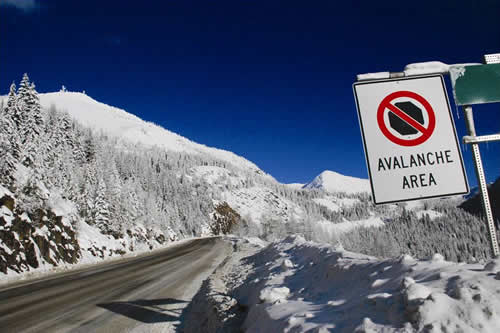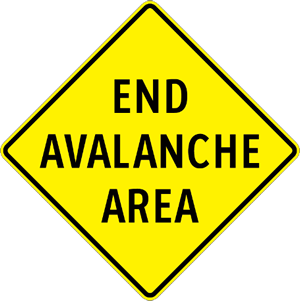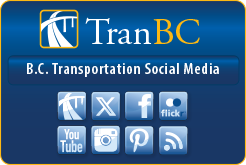Travelling in an Avalanche Area
Avalanche season starts in November, with risk extending into May in British Columbia. The busiest months for avalanche risk are from December through March. We do planned avalanche control to limit the risk to travellers from unexpected avalanche flow reaching highways.
If you will be travelling in an avalanche zone on the highway check road conditions and closures on DriveBC before you go. Both planned and natural closures are indicated in the Conditions and Events View.
Shift into safe winter driving.
Avalanche Areas
Obey all road closures. Highways are closed when the avalanche hazard is high and when avalanche control work using explosives is required.
If an avalanche blocks the highway, try to turn around and drive to a safe area. If you can't, remain in your vehicle with your seat belt on and await assistance. It is easier to find a car in the snow than it is to find a person. Do not attempt to drive through an avalanche, regardless of its size.
Avalanche areas in B.C. are marked with a stop sign symbol with a line through it.

This sign indicates that you should not stop along the road until you have passed the yellow, diamond-shaped "end avalanche area" sign.

Provincial avalanche technicians watch over weather and snowpack conditions in 62 avalanche prone areas. Learn about the avalanche safety program.
Exploring in an avalanche area
If you plan on exploring in and around the mountains, make sure you have the necessary skills and training.
Useful Links
Contact information
Contact us if you have questions about travelling in an avalanche area.


